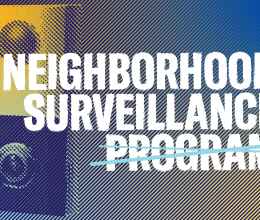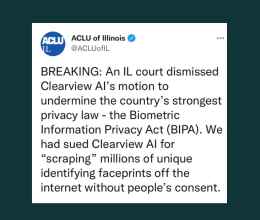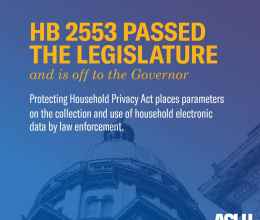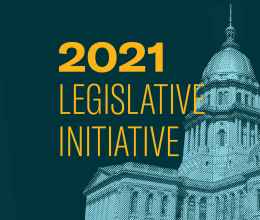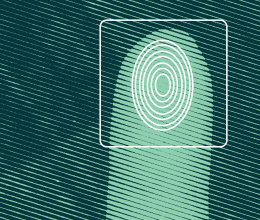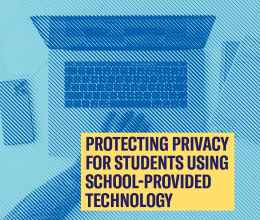
By Peter Hanna, Legal Advisor on Privacy and Technology
Every day, we learn about new data breaches caused by inadequate security, faulty and exploitable systems, or intentional attempts to obtain sensitive data by malicious actors or hackers. Whether a case of negligence or malfeasance, there is one constant in these stories: sensitive information, often personal information, gets compromised. And when that information falls into the wrong hands or is misused, it can have profoundly damaging effects – especially on our young people.
It’s critical to include strong, but reasonable, limitations on the sale, licensing, and transfer of student data, as well as putting in place mechanisms for enforcing student data protection laws. We need accountability, and without meaningful limitations on student data use/sale and a mechanism for enforcement, the threat to student personal privacy will only increase, while schools continue to lag far behind in protecting personal information.
